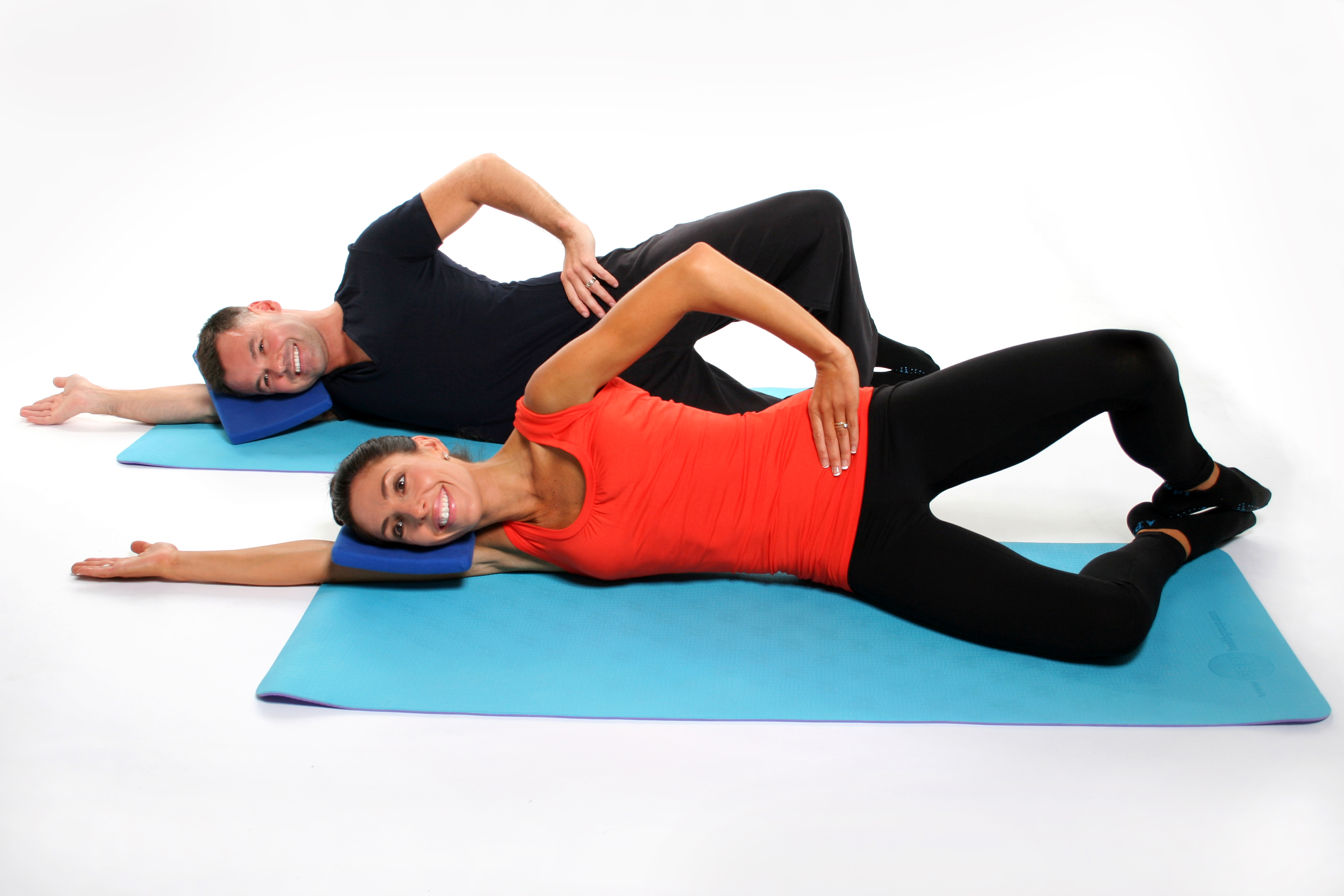Case Study ~ Using APPI pilates exercises to increase mobility for an adolescent with Sacral Agenesis
Introduction
The Australian Physiotherapy and Pilates Institute (APPI) Pilates method is a modified version of the traditional Pilates exercises. It aims to develop the deep, postural core muscles that support the spine throughout posture, movement and enhance normal movement patterns and body alignment. The APPI Pilates method is a graduated system of specific exercise-based rehabilitation and has been well embraced by physiotherapists around the world.
( 1 ) Matwork Pilates consists of 34 exercises designed to promote core stability, flexibility, posture and body awareness and endurance. The pilates method encourages clients to use their breath in aiding contraction of the deep core muscles, movements are slow, precise and require control and concentration. ( 1 )
Sacral agenesis, also known as caudal regression syndrome is a rare congenital developmental abnormality. It results in the failure of the sacrum being formed properly, sometimes associated with lumber spine involvement and impairments of the spinal cord, lower limbs and genitourinary tract occur. ( 2 )
The patient (RK) in this case study is a 13-year-old with total sacral agenesis. Her baseline problems list consisted of;
- only able to walk 650meters before requiring wheelchair
- pain in right knee when ascending stairs, walking up hills
- unable to stand longer than 15 minutes due to fatigue
- poor physical activity levels
- backward sway on stairs and tendency to fall when tired
- gait pattern: flexed hips and knees with no heel strike and no
- trunk rotation or upper limb swing.
Goals:
- Increase physical activity levels, maintain good weight to maintain mobility and to improve walking.
Method
RK was referred to our paediatric physiotherapy team during the COVID 19 lockdown period in March 2020. Initial consultations and treatments were carried out using online Telehealth methods. Following a neurological physiotherapy assessment, RK was noted to have poor core stability and proximal weakness. She had reduced ROM at ankles, knees and hips.
A Pilates exercise plan was started to address the weakness. RK was given a daily home exercise plan consisting of 30 min of matwork Pilates. Physiotherapy reviews were on a monthly basis, where exercises were progressed to the next level or new ones added when able.
Treatment consisted of a home exercise plan of the following APPI Pilates exercises taken from the Kids & Teen Pilates CPD course manual ( 3 );
- Standing in good posture with pelvis in neutral
- Clams
- Walk the plank
- Single leg stance
- Soldier
- Sun around the earth
- Aeroplane
- 1/2 kneeling - ball roll/catch
- Magic hands
- Pilates breathing in supine
Results
At 4 month review period RK was now walking all the way to school (1.6km) whilst carrying her backpack and walk back home too. She no longer complained of pain and she did not report any further incidences of backward say on stairs. Due to Covid - 19 her choir sessions during which she stands had not resumed, however, her mum noted increased standing tolerance when cooking in the kitchen. Walking to and from school every day meant RK’s activity levels had increased double-fold compared to her baseline assessment.
Discussion
This retrospective case study shows how the APPI Pilates exercises can help teenagers with coral agenesis improve their functional goals. Pilates has been a mode of rehabilitation offered by physiotherapists to improve physical attributes such as flexibility, muscle strength, core stability, and postural control since the 1980s. ( 4 )
In this case it was used specifically to improve pelvic control during movement, improve endurance of postural muscles and increase core stability. Within 4 months of starting her exercise regime, RK was able to meet all her goals. Both her and her parents were very pleased with her outcomes. Although his study shows the improvements that can be made with pilates it is not without limitations.
This case study was done retrospectively and hence robust standardised outcome measure have not been used. Although all exercises are pure APPI Pilates exercise as taken from their course manuals, the progression of levels was not done as the manuals would suggest and finally, this of course is a single case study of a very compliant patient and hence not necessarily a reflection of the greater population.
However, this study does outline the need for more robust research to support these findings of pilates in the pediatric neurological population.
Conclusion
Pilates exercises can be used as a physiotherapy treatment plan and are effective in improving functional goals and independence in children. It is the option of the author that Pilates has a much wider role to play to support the rehabilitation of children as an adjunct to physiotherapy. Larger trials and more robust outcome measures are needed to increase the evidence base for efficacy.
